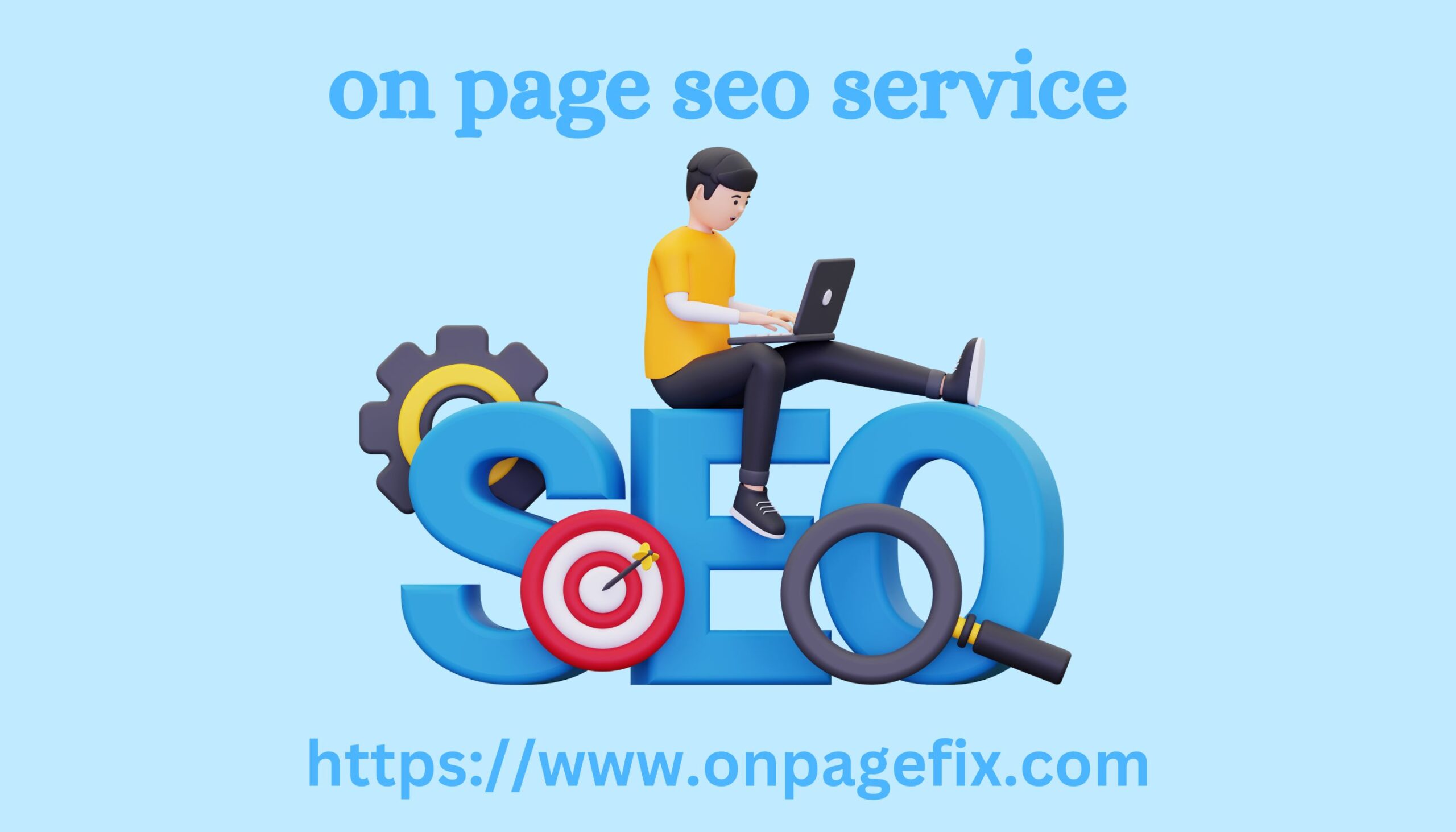Post by sinthiya007 on Nov 7, 2024 5:01:33 GMT
Anyone who works with Inbound Marketing probably already knows this: each contact on your list is different.
It's no secret that sending personalized emails is the best way to ensure the delivery of relevant content to your contacts.
But what if your email list has thousands of subscribers? How can you ensure that your emails are personalized and appropriate for each contact?
The answer is simple: Tags!
Using tags is one of the easiest and most effective on page seo service ways to segment your contact list. With them, you can keep your contacts organized and send highly targeted emails to each of them.
In this article we will explain what Tags are and how this functionality can strengthen your Email Marketing campaigns.
What are Tags?

Tags are labels that you can assign to your contacts based on their personal characteristics or the level of interaction they have with the content of your emails. This way, you can deliver relevant and appropriate content to each of your contacts.
This tool is a kind of virtual post-it about a specific subscriber that aims to clearly inform them about their interests, tastes and behaviors.
One of the positive factors of Tags is that you can have total control over the categories you want to use.
In the case of Email Marketing, Tags can be added automatically, for example, when a person fills out your registration form and trigger automated campaigns for them.
What are the advantages of Tags?
1. Segmentation
Emails from your list can come from a variety of communication channels, such as a website, a Facebook advertising campaign or a landing page. However, not all of these contacts have the same characteristics.
In this way, segmenting contacts with the help of Tags can be useful to send personalized and relevant emails to your subscribers.
For example, you can tag your contacts based on your marketing funnel. This way, all your subscribers can be segmented into four categories: visitor, lead, opportunity, and customer.
In the case of a visitor, instead of sending emails promoting a product, you can send useful content that will take them to the next stage. Similarly, if someone is classified as an opportunity, you can send a discount to convert them to a customer.
Ultimately, Tags will help you determine what type of communication is appropriate for each type of contact.
It's no secret that sending personalized emails is the best way to ensure the delivery of relevant content to your contacts.
But what if your email list has thousands of subscribers? How can you ensure that your emails are personalized and appropriate for each contact?
The answer is simple: Tags!
Using tags is one of the easiest and most effective on page seo service ways to segment your contact list. With them, you can keep your contacts organized and send highly targeted emails to each of them.
In this article we will explain what Tags are and how this functionality can strengthen your Email Marketing campaigns.
What are Tags?

Tags are labels that you can assign to your contacts based on their personal characteristics or the level of interaction they have with the content of your emails. This way, you can deliver relevant and appropriate content to each of your contacts.
This tool is a kind of virtual post-it about a specific subscriber that aims to clearly inform them about their interests, tastes and behaviors.
One of the positive factors of Tags is that you can have total control over the categories you want to use.
In the case of Email Marketing, Tags can be added automatically, for example, when a person fills out your registration form and trigger automated campaigns for them.
What are the advantages of Tags?
1. Segmentation
Emails from your list can come from a variety of communication channels, such as a website, a Facebook advertising campaign or a landing page. However, not all of these contacts have the same characteristics.
In this way, segmenting contacts with the help of Tags can be useful to send personalized and relevant emails to your subscribers.
For example, you can tag your contacts based on your marketing funnel. This way, all your subscribers can be segmented into four categories: visitor, lead, opportunity, and customer.
In the case of a visitor, instead of sending emails promoting a product, you can send useful content that will take them to the next stage. Similarly, if someone is classified as an opportunity, you can send a discount to convert them to a customer.
Ultimately, Tags will help you determine what type of communication is appropriate for each type of contact.
